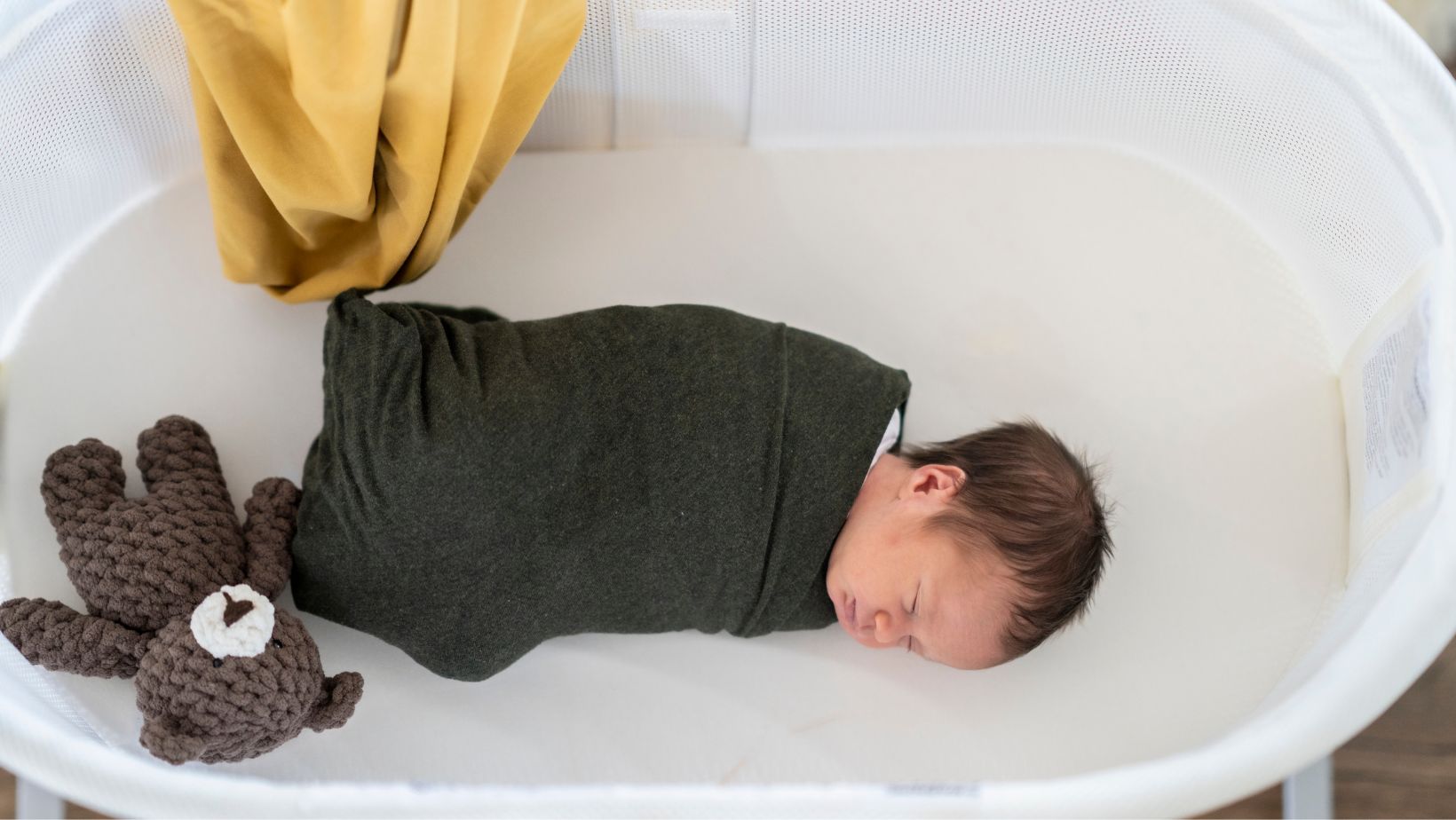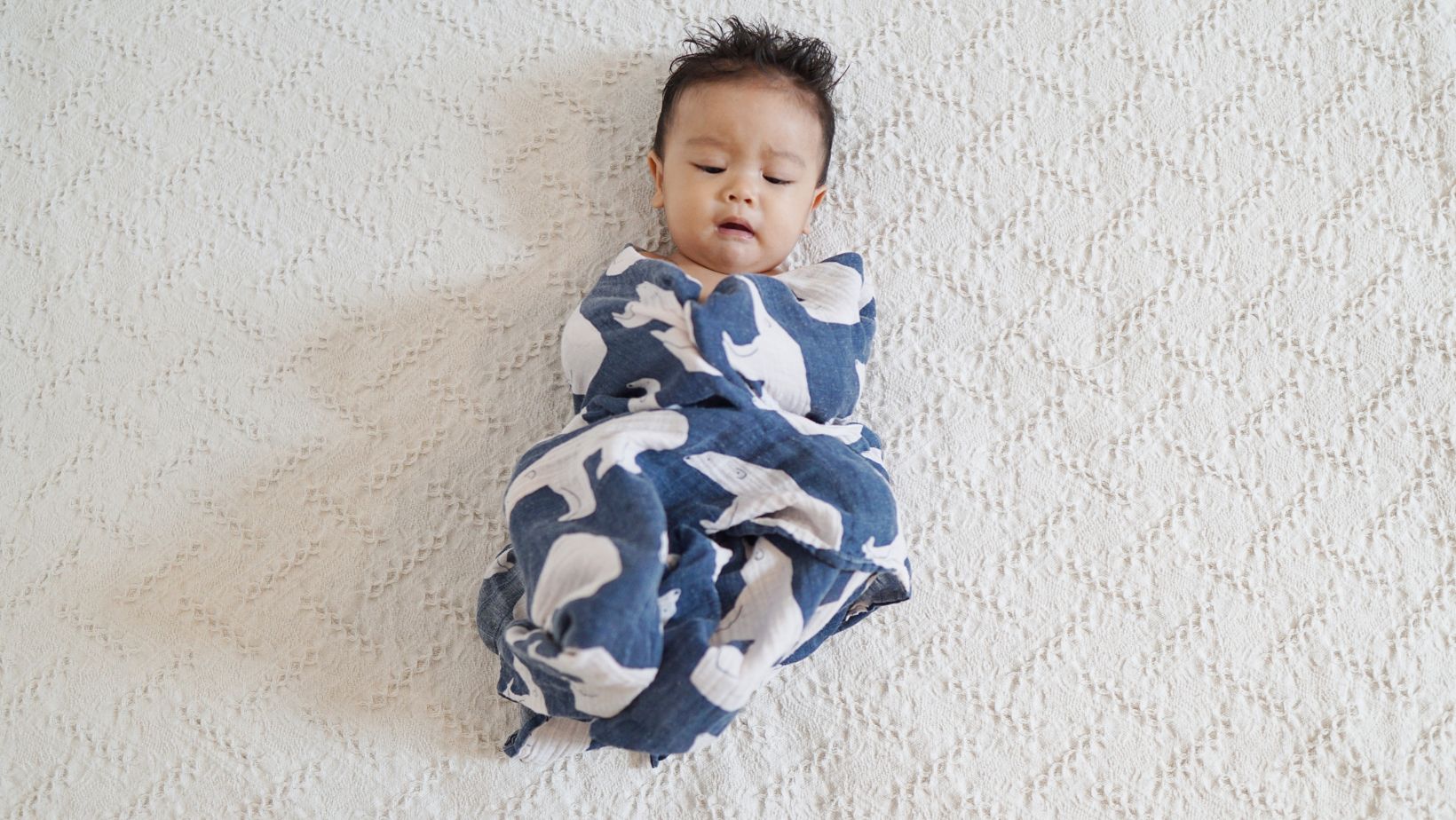Ensuring your baby maintains the appropriate body temperature during sleep is crucial, and sleep sacks are a popular solution for many parents. Unlike traditional blankets that can pose safety risks, sleep sacks are wearable blankets that offer both warmth and security. They are designed to replace loose bedding and can reduce the likelihood of overheating, which is a risk factor for SIDS. Sleep sacks come in various thermal overall grades, known as “tog,” which measure the thickness and, therefore, the thermal insulation provided by the material.
A tog 2.5 sleep sack is ideal for colder environments as it provides more warmth due to its thicker insulation. These sacks are engineered to keep a baby snug and comfortable without the need for additional blankets, which might become dislodged, posing potential safety issues. The sleep sack allows for enough movement so that the baby can have an undisturbed sleep but also ensures that they cannot kick the covers off, which might cause them to wake up from the cold. The temperature regulation feature of sleep sacks ensures a cozy sleep environment consistent throughout the night.
Understanding Sleep Sacks and Infant Safety
The introduction of sleep sacks as sleepwear for infants has advanced sleep safety, mitigating risks like suffocation, which traditional blankets pose. It is important to understand how sleep sacks contribute to the safety and comfort of your baby during sleep.
Benefits of Using Sleep Sacks
Sleep sacks, also known as wearable blankets, provide a host of benefits for your baby.

They reduce the risk of Sudden Infant Death Syndrome (SIDS) by keeping the baby warm without the hazards of loose bedding. A correctly fitted sleep sack allows for proper movement while reducing the likelihood of suffocation or overheating. It’s like a hug for your baby, offering a sense of security while facilitating safe sleep guidelines.
Differences Between Sleep Sacks and Traditional Blankets
Traditional blankets can pose risks of suffocation and overheating, which sleep sacks are designed to prevent. Unlike blankets, sleep sacks are worn, keeping them in place and reducing the risk of covering the baby’s face. Sleep sacks are designed to leave the head and arms free, further mitigating the risk of suffocation and allowing for easy escape in case of emergency.
Selecting the Right Sleep Sack
To ensure the safety and comfort of your baby, select a sleep sack that suits their size and weight. Avoid weighted sleep sacks, which can impede your baby’s movement and cause discomfort. Look for materials that regulate temperature well, ensuring your baby stays warm but not overheated. Sleep sacks come in various sizes and styles, so you can choose one that fits your baby’s needs as they grow.
Guidelines from the American Academy of Pediatrics
The American Academy of Pediatrics recommends using sleep sacks as part of their safe sleep guidelines. They advise against the use of soft bedding, such as traditional blankets, for infants to reduce the risks associated with SIDS. Instead, the Academy suggests that sleep sacks are a safer alternative to keep your baby warm.
Sleep Sacks for Temperature Regulation
Choosing the right sleep sack involves understanding how the material and design work together to help regulate your baby’s body temperature during sleep. Whether you are adjusting for different seasons or ensuring your baby’s comfort throughout the night, being aware of choices in sleep sack characteristics is essential.
Material and Breathability
The fabric of a sleep sack directly impacts your baby’s temperature control. Breathable materials like cotton allow for air circulation, preventing your baby from getting too hot. Conversely, fleece and wool are options that provide warmth and are more suitable when the air is too cold.

The Woolino sleep sacks, for instance, use merino wool to help maintain a comfortable body temperature regardless of the season.
Adjusting for Different Seasons
Sleep sacks come with a tog rating, which indicates their thermal resistance. For warmer months, a lower tog rating is preferable, while a higher tog rating suits colder conditions. It’s essential to pair the right sleep sack tog with lighter or warmer clothing depending on the temperature to aid in temperature control.
- Summer: a lightweight sleep sack with a tog of approximately 0.5 to 1.
- Winter: a heavier option, such as a 2.5 tog, is often necessary to keep your baby warm.
Monitoring Baby’s Comfort
Regularly checking on your baby to monitor for signs of being too hot or too cold is crucial. Signs of sweating or a chest that feels hot to the touch could indicate overheating, while unusually cool hands might suggest your baby is too cold. Using weighted sleep sacks should be considered with care, as the additional weight can influence body temperature regulation.
Conclusion
Sleep sacks serve as a practical solution for maintaining your baby’s body temperature during sleep. By encapsulating warmth without the risk of overheating, they offer a secure environment akin to the coziness of swaddling. Transitioning to a sleep sack with arms free is advisable when your baby starts showing signs of rolling over, aiding in natural temperature regulation.
